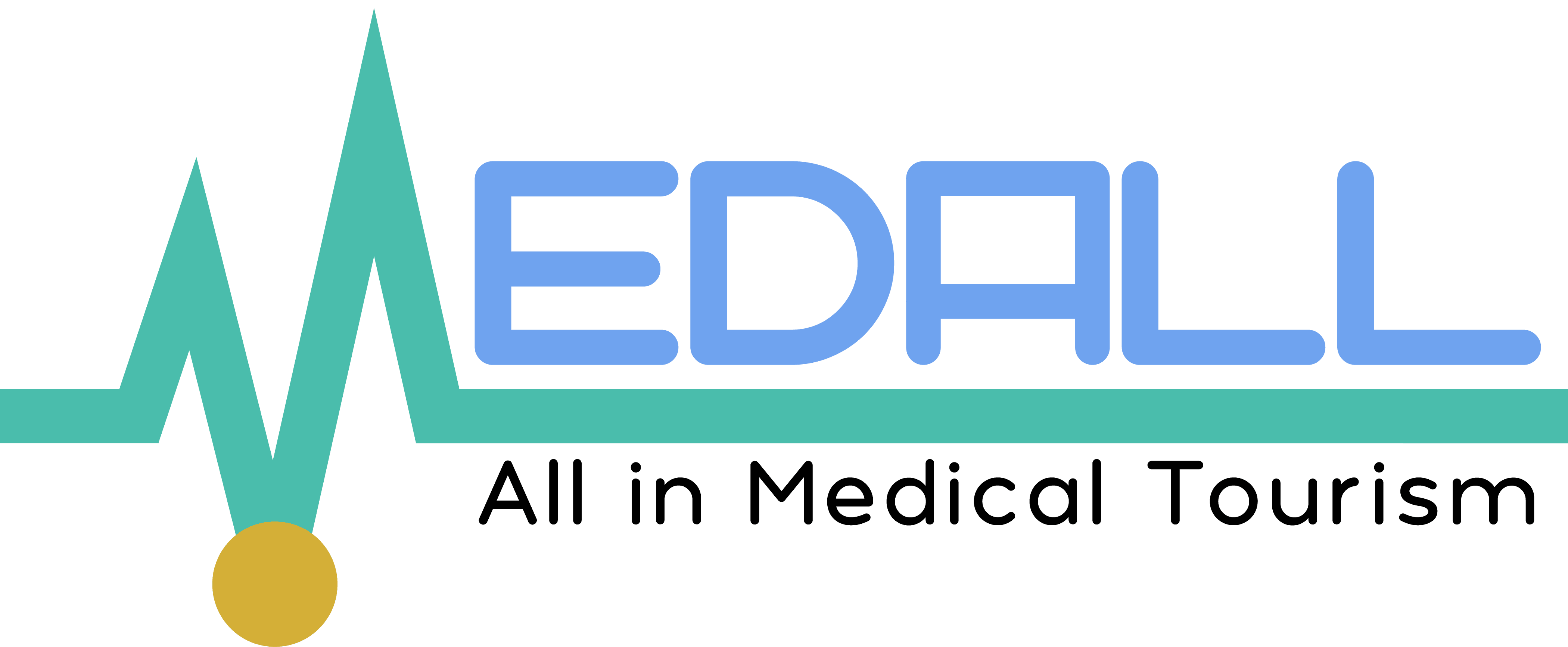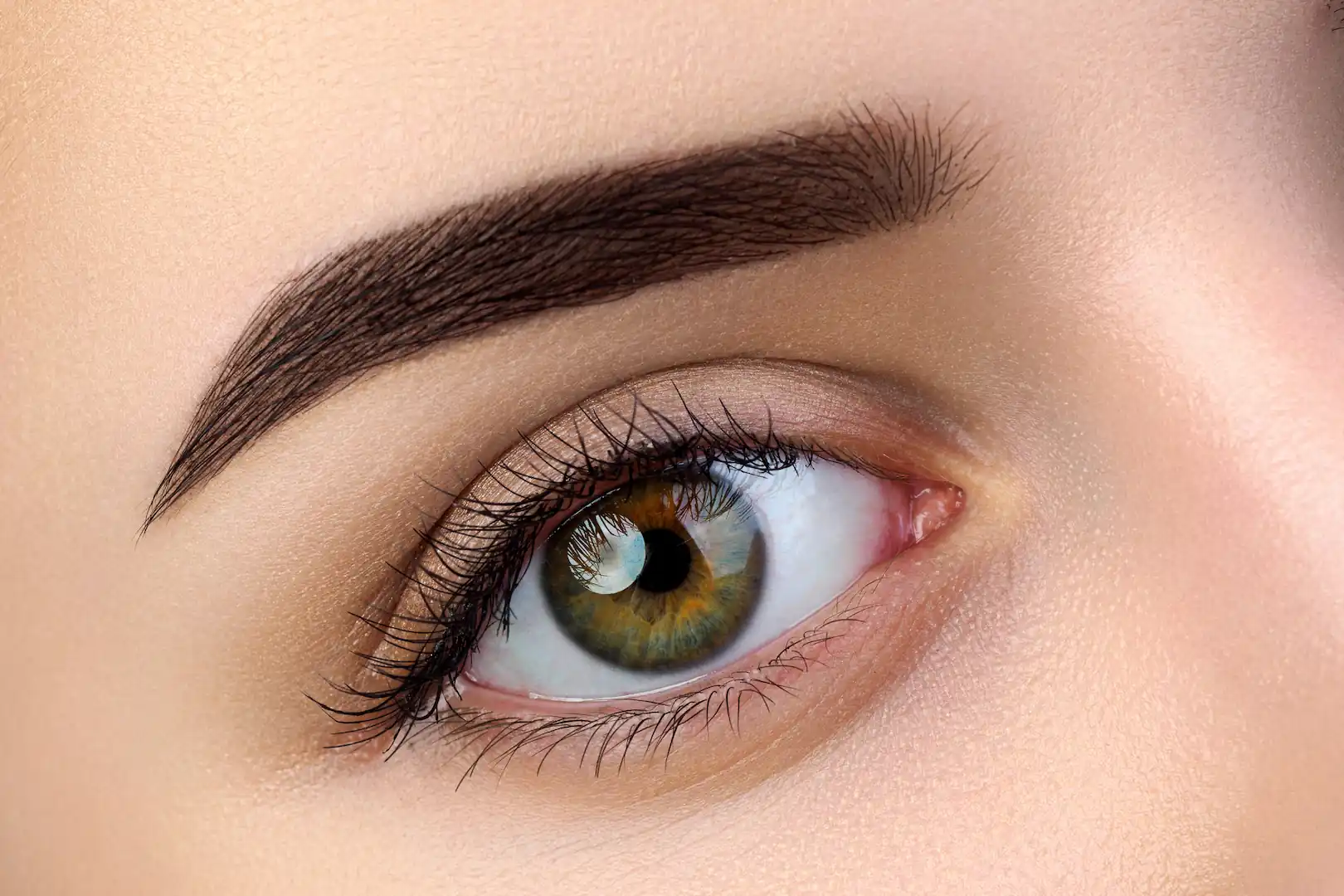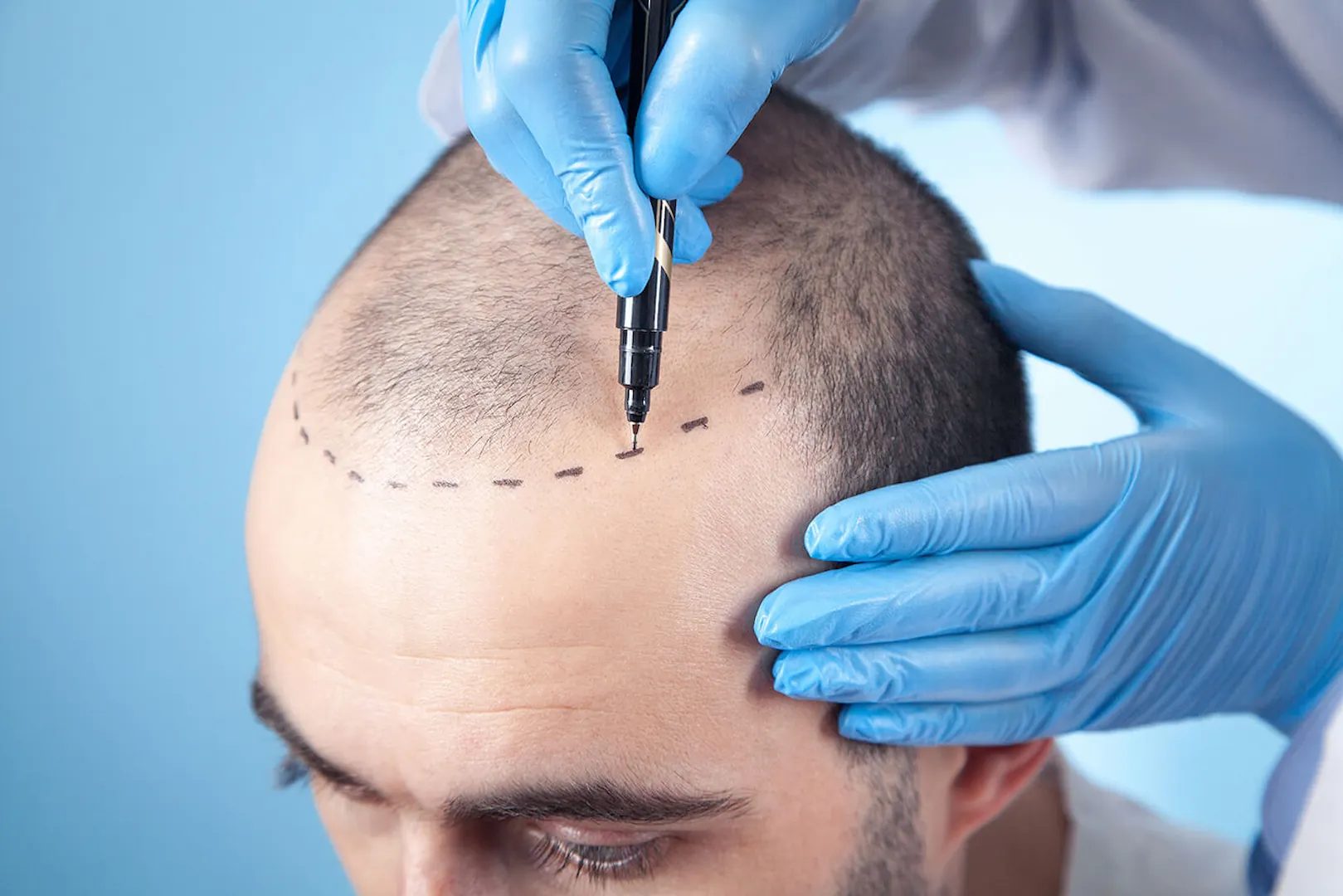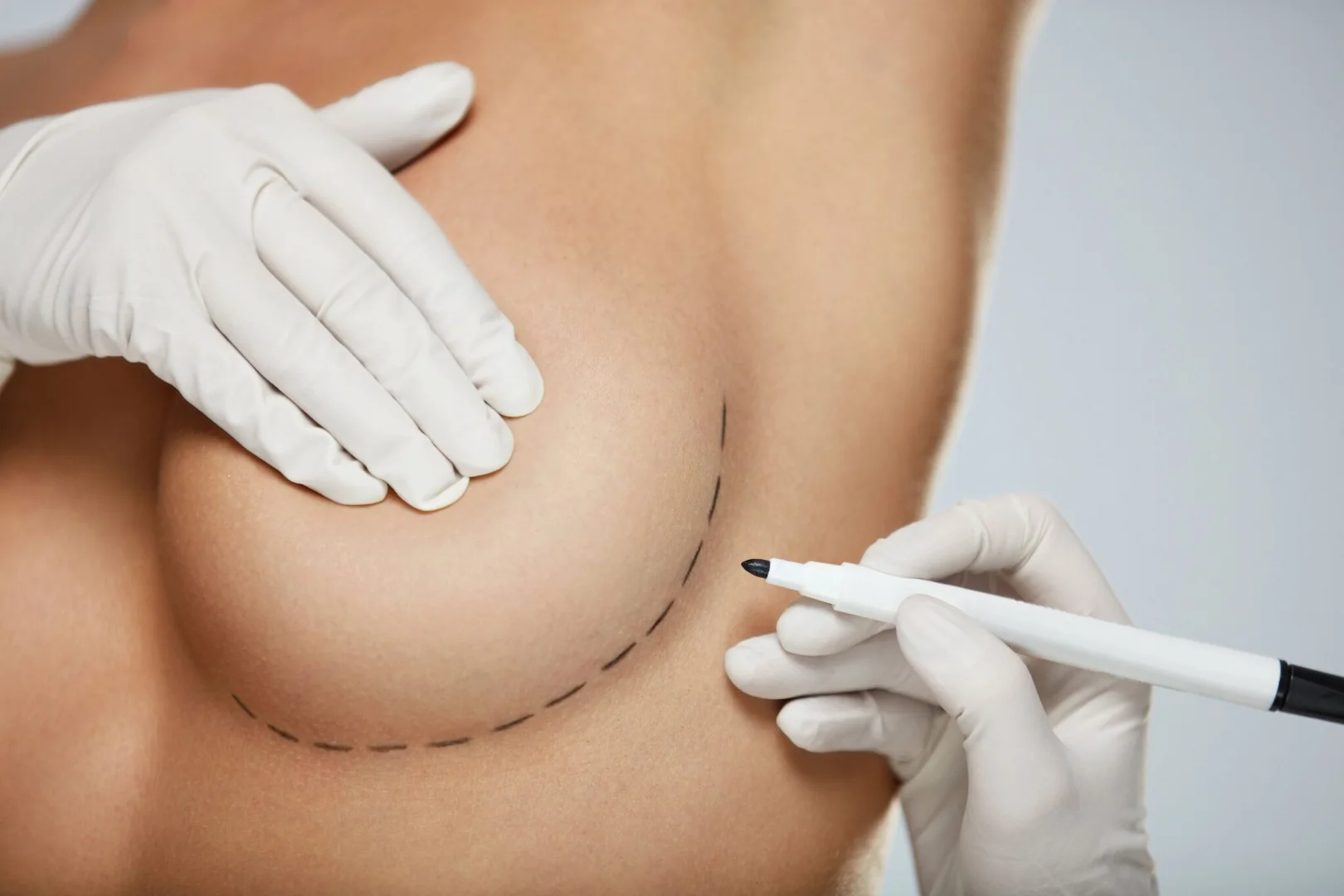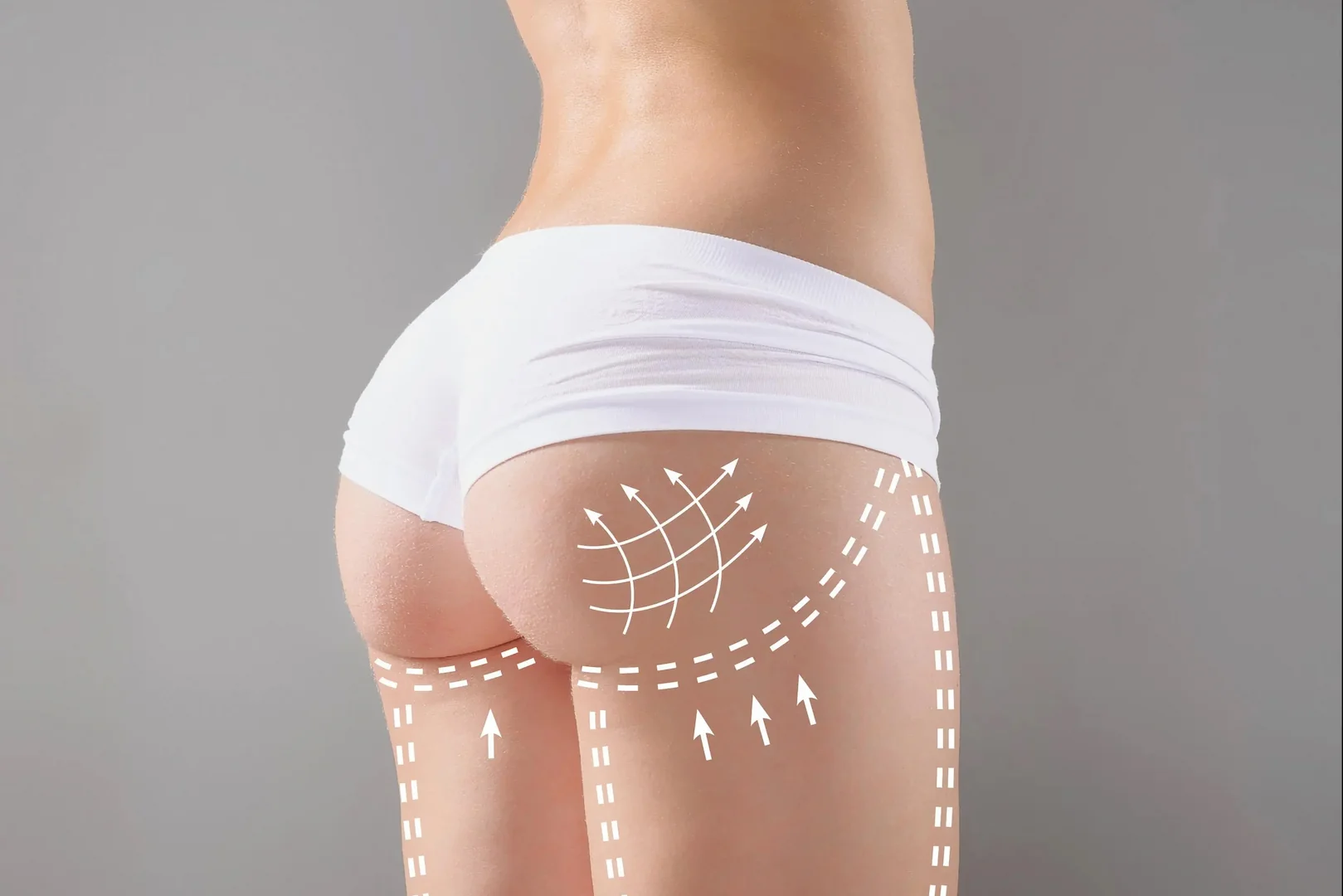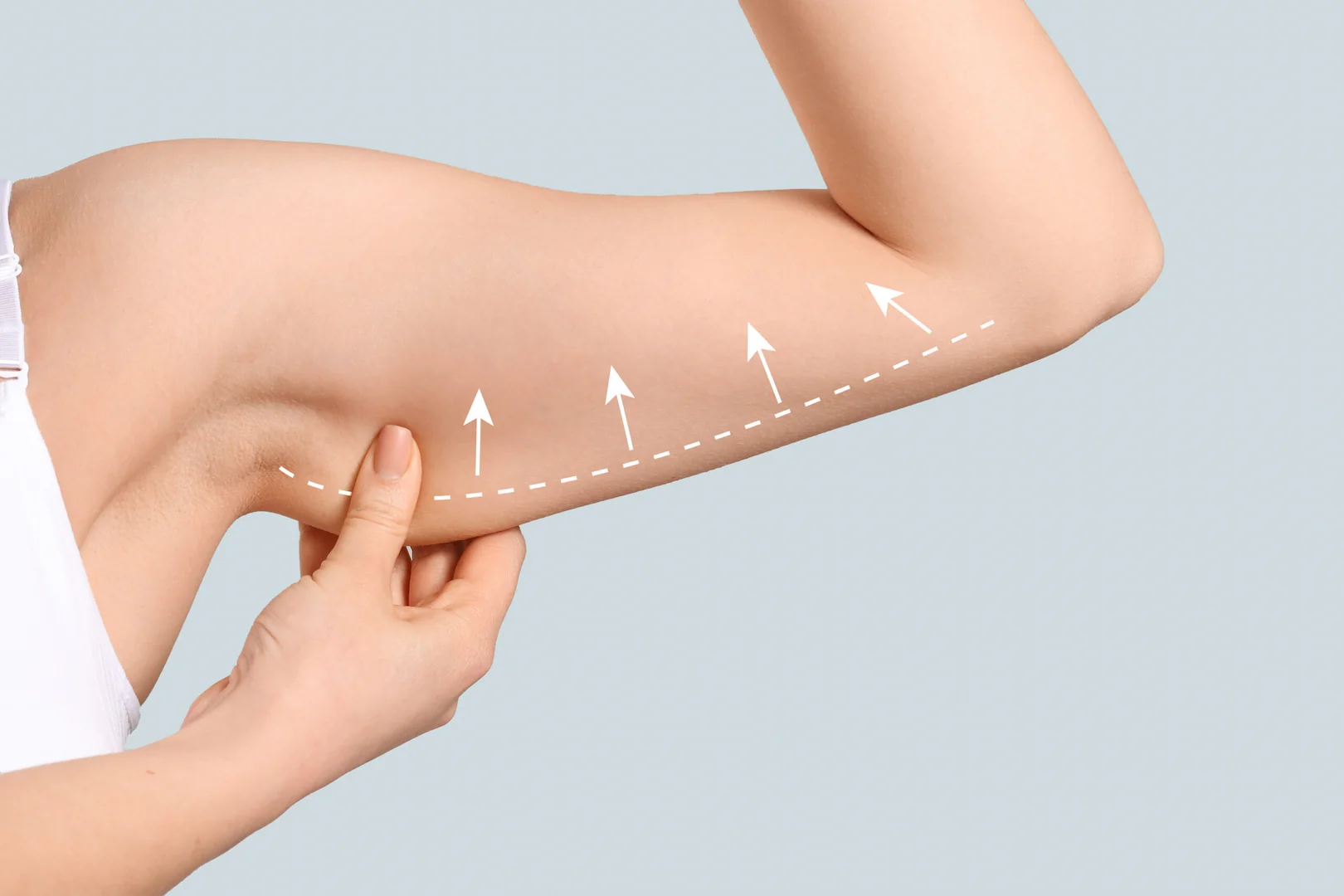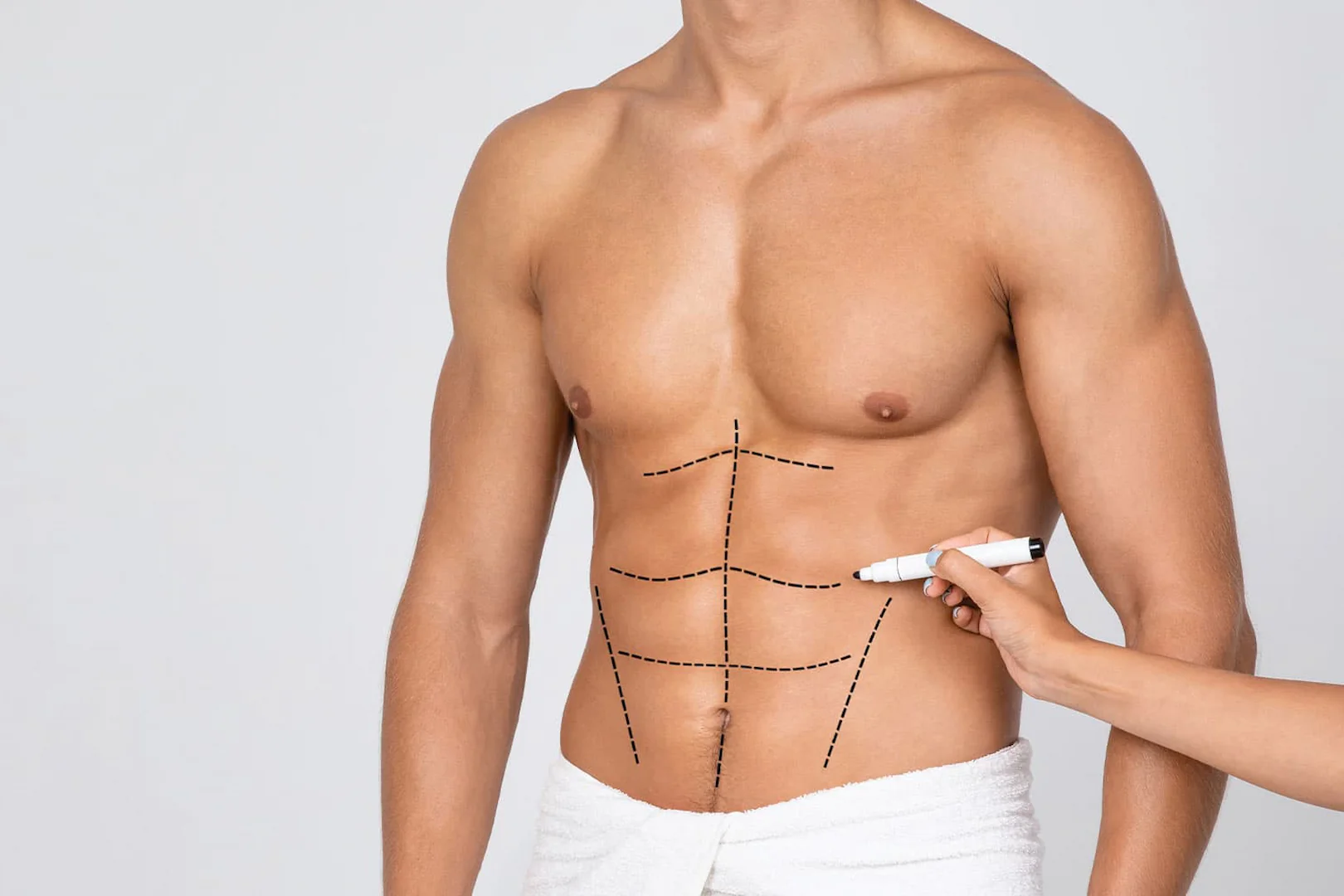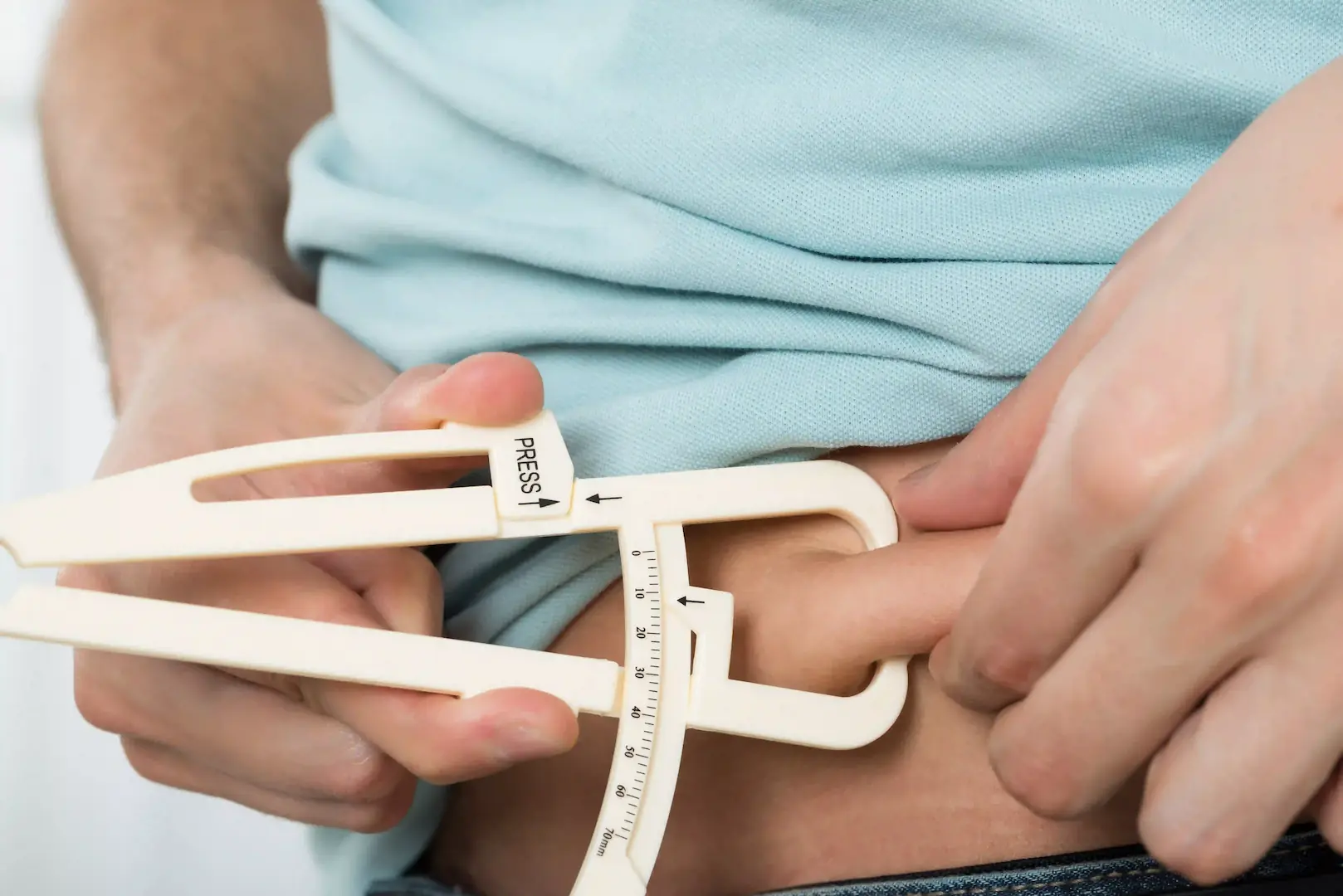Surgical Time
1-2 hours
Anesthesia
General or local
Recovery
1-2 weeks initially
Hospital Stay
Outpatient
Total Stay
5-10 days
Back to Work
1-2 weeks
Eyelid & Eye Shape Surgery in Iran:
Revealing Brighter, More Youthful Eyes
The eyes are often called the windows to the soul, and they are undeniably one of the first areas to show the signs of aging, fatigue, or even simply genetic predisposition. Sagging eyelids, puffy under-eye bags, or a tired eye shape can make us look older, weary, or less vibrant than we feel. Eyelid and eye shape surgeries offer remarkable solutions to these concerns, rejuvenating the periorbital area and restoring a more alert, refreshed, and aesthetically pleasing appearance. Iran has gained significant recognition for its skilled plastic and oculoplastic surgeons who specialize in these delicate procedures, attracting patients seeking both aesthetic enhancement and functional improvement. This comprehensive article delves into the various types of eyelid and eye shape surgeries available in Iran, exploring the specific issues they address, the meticulous steps involved, and the compassionate care patients can expect throughout their journey to brighter, more youthful eyes.
Understanding Eyelid & Eye Shape Surgery
Eyelid and eye shape surgeries are highly specialized procedures performed on the delicate skin and structures around the eyes. These surgeries can address a range of concerns, from correcting excess skin and fat that contribute to a tired appearance (blepharoplasty) to subtly altering the shape of the eye itself for a more lifted or elongated look (canthoplasty). Beyond aesthetics, these procedures can also improve functional issues, such as obstructed vision caused by severely drooping upper eyelids. The overarching goal is to enhance the eyes as a focal point of the face, creating a refreshed and harmonious appearance that complements the individual’s natural features.
Conditions Addressed by Eyelid & Eye Shape Surgery in Iran
Patients seek eyelid and eye shape surgery in Iran for various aesthetic and functional concerns related to the periorbital area:
Upper Eyelid Concerns
- Excessive, sagging skin on the upper eyelids that can hang over the lashes, making eyes appear heavy or tired
- Hooded eyelids that obscure the natural crease and make applying makeup difficult
- Functional impairment of vision due to severe skin laxity
Lower Eyelid Concerns
- Puffy bags or swelling under the eyes, often caused by protruding fat pads
- Loose, wrinkled, or crepey skin on the lower eyelids
- Dark circles that are exacerbated by shadows cast by fat pads
Eye Shape Concerns
- A naturally rounder or “downturned” eye shape that creates a tired or sad expression
- Desire for a subtly more lifted, almond-shaped, or “cat-eye” appearance at the outer corners of the eyes
- Asymmetry in eye shape
Types of Eyelid & Eye Shape Surgery in Iran (Detailed Overview)
Iranian surgeons are highly proficient in sophisticated eyelid and eye shape procedures, offering precise and natural-looking results that rejuvenate the gaze.
Blepharoplasty (Eyelid Surgery) in Iran
Blepharoplasty is a surgical procedure that removes excess skin, muscle, and sometimes fat from the upper and/or lower eyelids. It effectively addresses sagging, puffiness, and wrinkles around the eyes, resulting in a more alert, rested, and youthful appearance.
Procedure Overview
- Consultation & Planning: Detailed assessment of eyelid anatomy, skin elasticity, fat pads, and tear trough deformity. Discussion of aesthetic and functional goals.
- Anesthesia: Typically performed under local anesthesia with sedation, or general anesthesia, ensuring patient comfort.
- Upper Eyelid Blepharoplasty:
- Incision: A precise incision is made along the natural crease of the upper eyelid.
- Tissue Removal/Reshaping: Excess skin and sometimes a small amount of muscle and fat are carefully removed.
- Closure: Incision is closed with fine sutures, resulting in a virtually imperceptible scar that blends into the eyelid’s natural fold.
- Lower Eyelid Blepharoplasty:
- Incision: Can be made just below the lash line (transcutaneous approach, leaving a fine external scar) or inside the lower eyelid (transconjunctival approach, leaving no visible external scar and ideal for fat removal without skin excess).
- Tissue Removal/Repositioning: Fat pads causing puffiness are either removed or repositioned to fill hollows (fat repositioning/fat grafting). Excess skin is carefully trimmed.
- Closure: Incisions are closed with fine sutures (external) or left to heal naturally (internal).
Indications for Blepharoplasty
Sagging or hooded upper eyelids that may obstruct vision, puffy bags under the eyes, loose and wrinkled skin on the eyelids, or a perpetually tired appearance around the eyes.
Canthoplasty (Cat Eye Surgery) in Iran
Canthoplasty is a specialized surgical procedure that modifies the shape of the outer corner of the eye (lateral canthus). It can lift a downturned outer corner, tighten a loose lower eyelid, or create a more elongated, almond-shaped, or “cat-eye” appearance.
Procedure Overview
- Consultation & Planning: Detailed assessment of eye shape, position of the lateral canthus, and desired aesthetic outcome.
- Anesthesia: Typically performed under local anesthesia with sedation, or general anesthesia.
- Incision: A small incision is made in the natural crease near the outer corner of the eye.
- Canthal Tendon Manipulation: The lateral canthal tendon, which supports the outer corner of the eyelid, is carefully cut, repositioned, and tightened. It may be reattached to the periosteum (bone covering) inside the orbital rim at a higher or more lateral position to achieve the desired lift or elongation.
- Closure: Incisions are closed with fine sutures.
Types of Canthoplasty
- Lateral Canthoplasty: Focuses on the outer corner of the eye, lifting and shaping.
- Epicanthoplasty (Medial Canthoplasty): Addresses the inner corner of the eye, often performed in Asian blepharoplasty to create a larger, more open eye appearance.
Indications for Canthoplasty
Downturned outer eye corners, a desire for a more lifted or almond-shaped eye, correction of eyelid laxity at the outer corner, or to achieve a “cat-eye” aesthetic. It can also be performed as part of revision eyelid surgery to correct a rounded or pulled lower eyelid after previous blepharoplasty.
Pre-Procedure Evaluation and Planning in Iran
A meticulous pre-procedure evaluation is paramount for successful eyelid and eye shape surgery, ensuring both aesthetic satisfaction and the preservation of eye health. This comprehensive process typically includes:
Detailed Consultation with a Specialist
An in-depth discussion of your aesthetic goals for your eyes, any functional concerns (e.g., vision obstruction), and your medical history. The surgeon will listen attentively to your desires and assess your overall facial and eye anatomy.
Thorough Ophthalmic and Facial Examination
The surgeon will carefully examine your eyelids, eye shape, tear production, and assess any underlying medical conditions that might affect the surgery or healing. This includes evaluating skin elasticity, fat pad protrusion, and the position of your eyebrows. Vision and eye health tests may be conducted.
Digital Photography and Planning
Standardized digital photographs from various angles are taken. These photos are crucial for precise surgical planning and to help the surgeon explain the proposed changes and show potential outcomes.
Discussion of Techniques and Risks
The surgeon will explain the specific surgical techniques recommended, incision placements, and the expected recovery process. It’s vital to have a clear understanding of the benefits, potential risks (such as dry eyes, temporary blurred vision, or asymmetry), and limitations of the chosen procedure.
Pre-operative Instructions
You will receive precise instructions on how to prepare for surgery. This includes guidelines for medication adjustments (e.g., avoiding blood thinners, certain supplements), smoking cessation (crucial for proper healing), and fasting instructions prior to the procedure.
The Eyelid & Eye Shape Surgery Procedure in Iran (General Principles)
While techniques are highly individualized for each patient and specific procedure, the general principles underlying eyelid and eye shape surgeries in Iran involve:
Anesthesia
These procedures are often performed under local anesthesia with sedation, meaning you are relaxed and comfortable but awake. For more extensive cases or patient preference, general anesthesia may be used.
Precise Incision Placement
Surgeons make extremely fine, precise incisions in natural skin creases or inside the eyelids to ensure that any resulting scars are virtually imperceptible once healed.
Delicate Tissue Manipulation
The surgeon meticulously removes excess skin, repositions or removes fat pads, and may tighten underlying muscles or modify the canthal tendons. The delicate nature of the eye area requires extreme precision and a gentle touch.
Duration of Procedure
Eyelid and eye shape surgeries are generally relatively short. A blepharoplasty can take between 1 to 2 hours for both upper and lower lids. Canthoplasty might take 1 to 1.5 hours.
Immediate Post-Procedure Care
After surgery, cold compresses are typically applied to the eyes to minimize swelling and bruising. Lubricating eye drops or ointment may be used. Your vision might be temporarily blurry due to ointment or swelling.
Post-Operative Care and Recovery in Iran
Diligence in following post-operative instructions is critical for optimal healing, minimizing complications, and achieving the best possible results from eyelid and eye shape surgeries:
Medication Management
You will be prescribed pain relievers to manage discomfort, and sometimes antibiotics or eye drops to prevent infection and aid healing.
Swelling and Bruising
Swelling and bruising around the eyes are common and typically peak within the first 2-3 days. Applying cold compresses frequently as directed by your surgeon is crucial. Keeping your head elevated, even while sleeping, helps reduce swelling. Most visible bruising resolves within 2-3 weeks, but subtle swelling can linger for several weeks.
Eye Care
You will receive specific instructions for cleaning the incision lines and using prescribed eye drops or ointments to keep the eyes lubricated and prevent dryness.
Activity Restrictions
Avoid strenuous activities, heavy lifting, bending over, and any activities that increase blood pressure for several weeks. Protecting your eyes from sun and wind with sunglasses is also recommended.
Follow-Up Appointments
Regular follow-up visits with your surgeon are essential. Sutures are typically removed within 5-7 days. Your surgeon will monitor your healing progress and assess the results. While initial improvements are visible quickly, the final aesthetic outcome may take several weeks to a few months to fully materialize as all swelling subsides.
Eyelid & Eye Shape Surgery in Iran: What to Expect
Choosing Iran for eyelid and eye shape surgery offers distinct advantages for international patients seeking to rejuvenate their gaze:
Highly Skilled Oculoplastic and Plastic Surgeons
Iranian surgeons specializing in the delicate periorbital area are renowned for their precision, artistic eye, and extensive experience in both blepharoplasty and canthoplasty. They are adept at achieving natural-looking results that enhance facial harmony.
Modern Medical Facilities
Clinics and hospitals in Iran are equipped with state-of-the-art operating rooms and dedicated facilities for ophthalmic procedures, ensuring high standards of safety and patient care.
Emphasis on Natural and Harmonious Results
Iranian surgeons prioritize creating refreshed and youthful eyes that blend seamlessly with the rest of the face, avoiding an “over-operated” or artificial appearance.
Cost-Effectiveness
The cost of eyelid and eye shape surgeries in Iran is significantly more affordable compared to equivalent procedures in many Western countries, making world-class aesthetic care accessible.
Compassionate Patient Care
Many clinics provide comprehensive support services for international patients, including multilingual staff, patient coordinators, and assistance with travel logistics, ensuring a comfortable and reassuring experience throughout the treatment journey.
Choosing a Cosmetic Surgeon and Clinic for Eyelid & Eye Shape Surgery in Iran
Selecting the right surgeon and clinic is paramount for a successful and safe eyelid and eye shape surgery. Consider the following key factors:
Surgeon’s Specialization and Expertise
Choose a board-certified plastic surgeon or oculoplastic surgeon with a strong specialization in eyelid and eye shape procedures. Review their professional background, training, and extensive experience in performing these delicate operations.
Portfolio of Before-and-After Photos
Carefully examine the surgeon’s portfolio of before-and-after photos, paying close attention to cases similar to your desired outcome. This helps assess their aesthetic style, their ability to create natural-looking results, and their consistency.
Patient Testimonials and Reviews
Seek out reviews and testimonials from previous patients, particularly those who underwent eyelid or eye shape surgery, to gain insights into their overall experience with the surgeon and clinic, including communication and post-operative care.
Thorough Consultation Process
An in-depth consultation is essential. The surgeon should attentively listen to your goals, perform a detailed eye examination, explain the specific procedure, discuss realistic outcomes and potential risks, and answer all your questions comprehensively.
Clinic Standards and Accreditation
Verify that the clinic or hospital is reputable, adheres to high standards of hygiene and safety, and is equipped with modern surgical technology. Accreditation by relevant medical bodies is a strong indicator of quality.
Post-Operative Support and Communication
Assess the level of post-operative care and follow-up support provided. Clear communication channels, especially for international patients, are vital throughout the recovery process for the delicate eye area.
Conclusion
Eyelid and eye shape surgery in Iran offers an exceptional pathway to achieving a more refreshed, alert, and aesthetically pleasing gaze. With highly skilled oculoplastic and plastic surgeons, advanced medical facilities, and a deep commitment to natural, harmonious results, Iranian clinics provide comprehensive solutions for blepharoplasty and canthoplasty. By carefully researching options and choosing a reputable specialist, patients can embark on a transformative journey, revealing brighter, more youthful eyes that truly reflect their inner vitality.
